A long time ago, before mobile phones, socials, apps and filters, before digital and photoshop, photographers used to use physical filters that they would put in front of their camera lenses.
Many of us still do.
Some of these are utilitarian, necessary for shooting in certain situations – no, not everything can be fixed in post, nor should be – but there are also many who are just fun and interesting, and can be very helpful in getting certain results.
I’m talking about “creative filters” or, as I would describe them, “vanity filters”.
These filters have little practical use, but what they do is they provide a look.
Diffusion filters, streak filters, star filters, colored filters, split and half diopters, halo filters, kaleidoscope filters, I would say are the main elements of this category, but there’s even more if you look around.
Today I will tell you what they do, which ones I use and why.
First things first: what they do
Diffusion filters
are possibly the most common among “vanity filters”, having grown very popular with the transition to digital cameras and the rush to higher resolutions and sharper glass that followed.
There’s many variations of them.
They can change in strength, from very subtle to overwhelming, which is rated in fractions: 1/8 being the subtler, then 1/4, 1/2, to usually 1 being the strongest.
And they can change in “flavour”, with some of them having a big impact on contrast while others almost none; some having a warmer cast while others being colder; some having a wider spread while others keep it more contained.
But, one way or another, all of them diffuse.
What this means is they soften the light, making it spread wider, and create what we call a blooming effect around light sources.
This makes them generally useful for portraits, where a softer light is often preferrable.
You’ll see strong ones used in many editorials to create dreamy atmospheres, while gentler variations are used much more frequently as a means to reduce the modern “digital sharpness” and make the images just a little bit easier and more natural to the eye.
This is my personal favorite among filters, and I use a medium strength one – to serve for both softening and stylistic purposes – almost all the time.
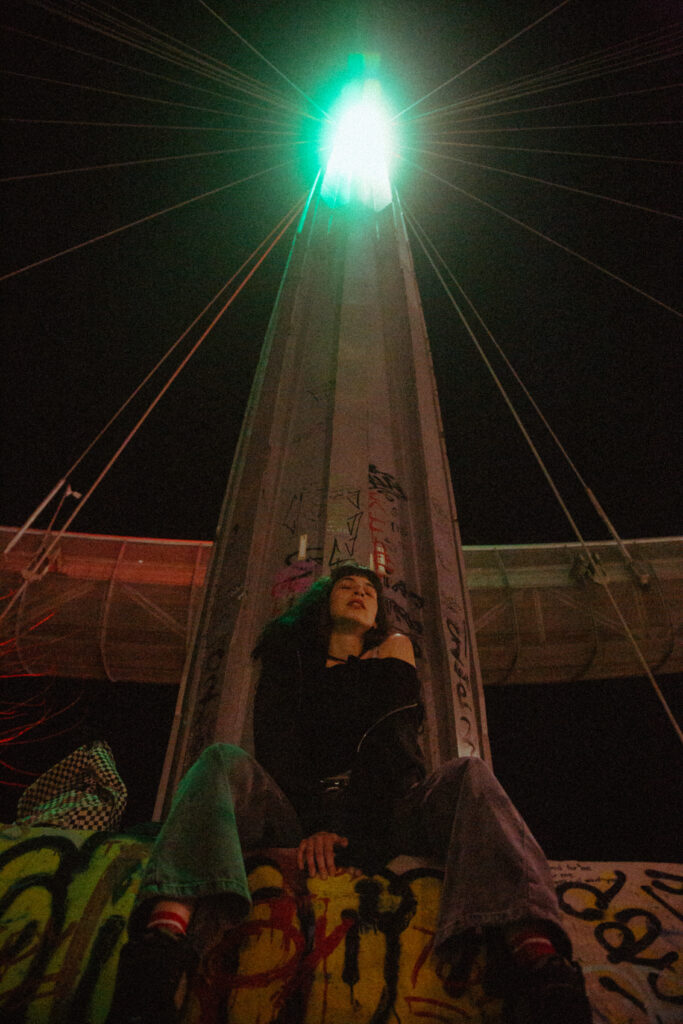
Streak Filters
produce light streaks from strong light sources, mimicking the unique flaring anamorphic lenses are famous for.
You will find some that produce blue flares, some that produce gold flares and fewer that produce neutral flares, maintaining the original color of the lights in their streaks.
Being honest: they are definitely not like the real thing. You will see it mostly in the way they respond to light, where they often make streaks that are too strong and stretch too wide in the frame compared to what you’d expect.
But it’s just that much simpler and way less expensive to use one, compared to getting and working with real anamorphic lenses.
There are of course other reasons to use anamorphics instead of spherical lenses, but if you’re only after the light streaks, then you’re probably better off with one of these filters.
Me favoring dark moods, I own a blue streak filter. But I seldom use it, as I find its effect really a bit too strong and unnatural for my taste.
For my uses and my workflow, I am actually considering the option of putting some anamorphics in my kit, especially now that anamorphics with autofocus are coming out.
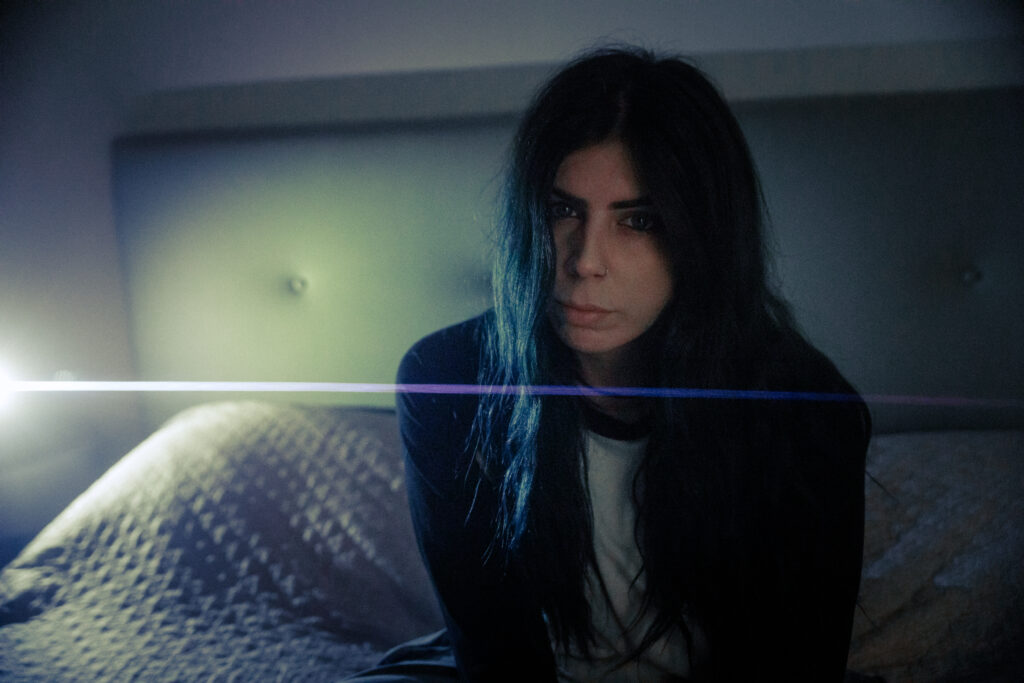
Star filters
create star patterns where strong lights are, giving off a kind of elegant, retro dreamy feeling.
You can find different variations of them, depending mostly on the amount of points you want your stars to have. Some brands also make “variable” ones, where you have a control ring to change the amount of points produced, while usually the control ring would be there for you to rotate the stars.
I don’t use one often, but I’ll admit to liking them quite a bit, the 4 point star especially.
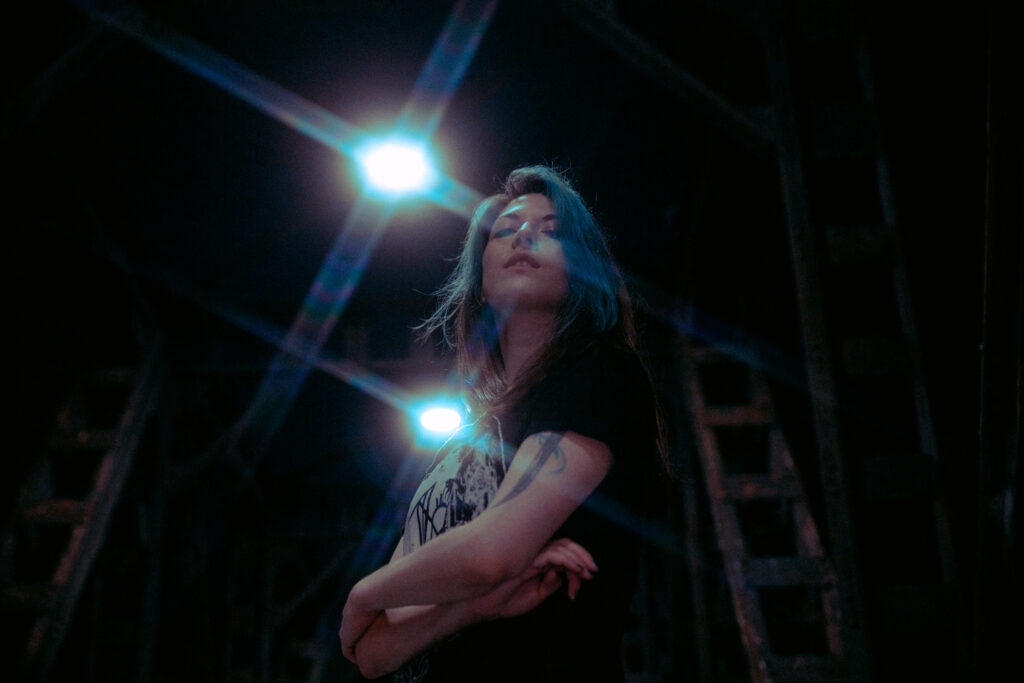
Colored Filters
increase or reduce color frequencies as they pass through them.
As you will see below, if you shoot in color, they will generally have too strong of an effect to be useful, safe for the yellow one, or for that very rare occasion when you may just want to really have a color cast on your image.
But, as a matter of fact, they were never intended for color.
Their true use and purpose reside in black and white photography, where there’s no color cast to worry about, and you can use different colored filters to impact which parts of the image show more or less. The effect becomes similar to changing settings in the B&W Mixer panel on Lightroom or Adobe Camera Raw, but the fact that they affect the image coming into the camera makes them much more effective.
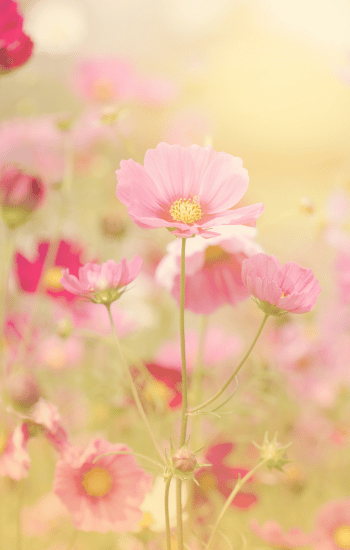
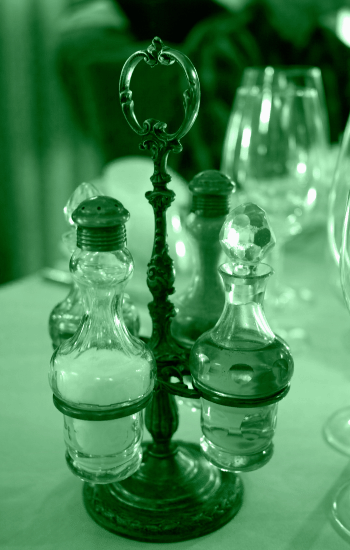
Split Diopters and Half Diopters
feel very special to me, and you’ll see them used mostly in movies.
They change where part of the lens focuses, allowing you to create images where two different planes of focus are both focused, or to isolate a subject from its surroundings, leaving only a section in focus despite everything being on the same plane.
You need to know what you’re doing to really take advantage of them, but if you do, there’s no replacing them.

Halo Filters
create a circular swirling out of focus halo around the center of the frame.
These are loved by many concert photographers, but you may find them used in creative editorials as swell.
Here you can see an example of both.
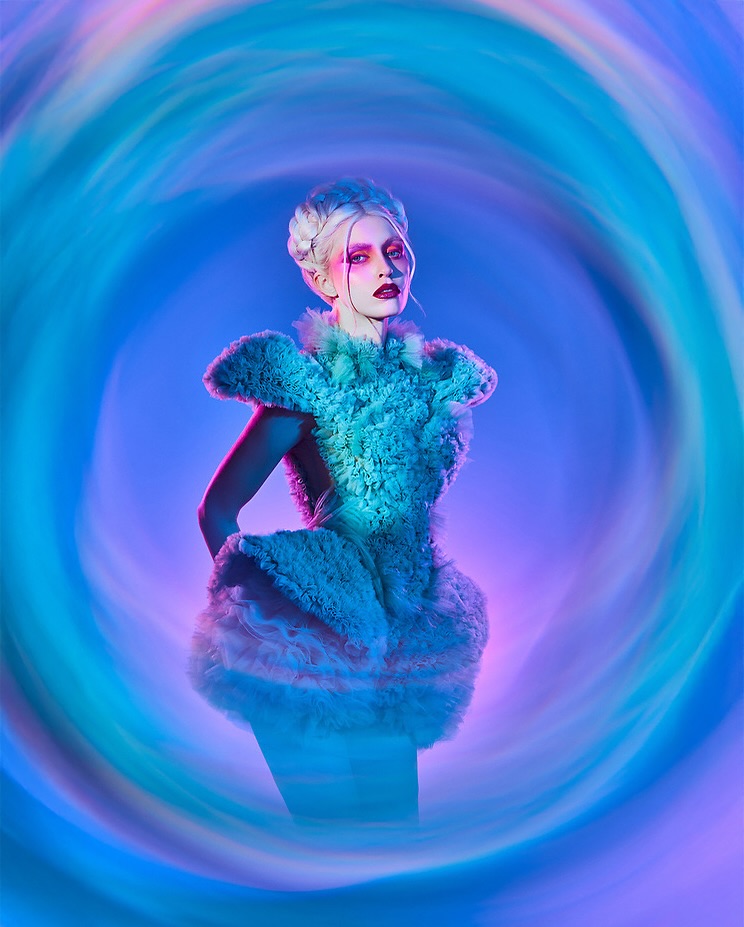
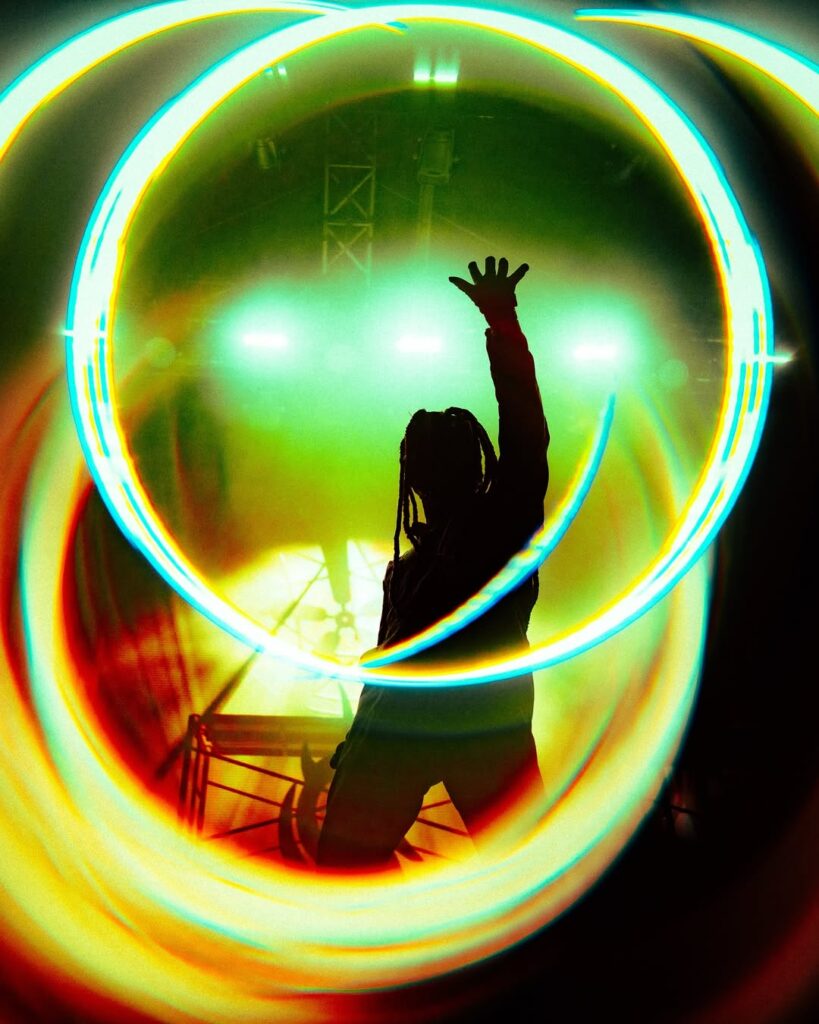
Kaleidoscope Filters
create a kaleidoscope effect with many refractions of the central part of the frame.
Same uses as Halos tend to apply here.
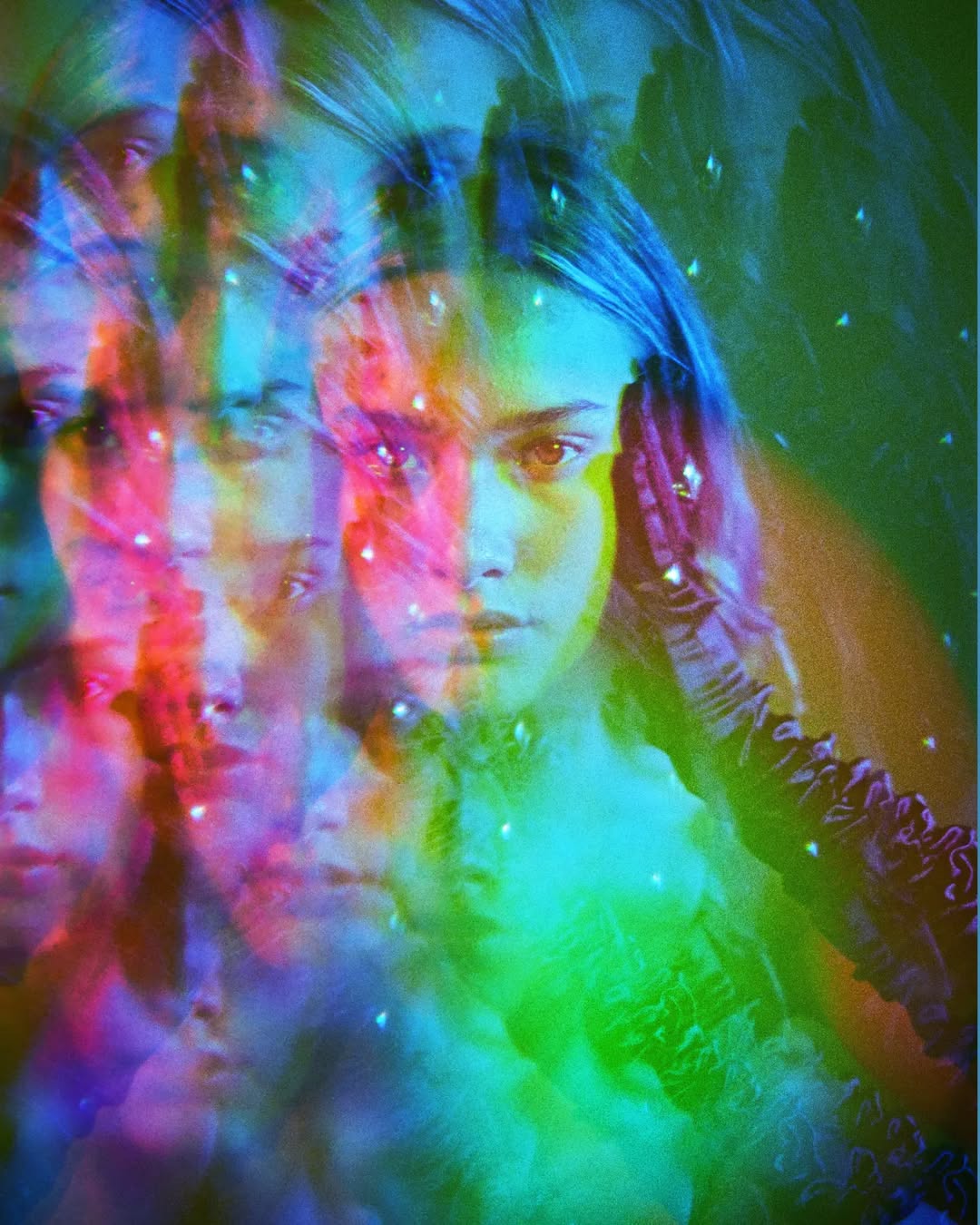
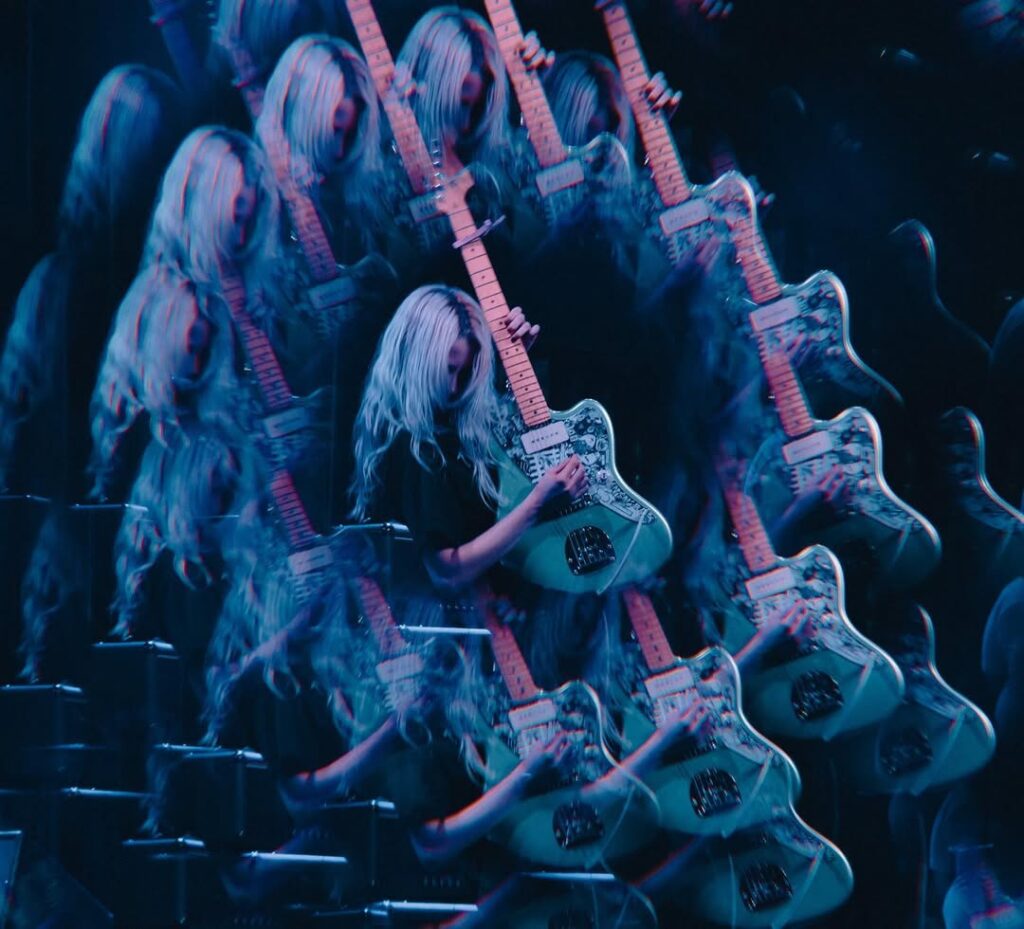
Alright, now you know what they are.
Why do I use them?
As professionals, most photographers and videographers could work with any camera and lens you throw at us, but we will choose a camera, or even more so a lens, depending on what we need and what we want to achieve. They’re tools, and we’ll pick the right one for us, the same way a painter will choose a brush.
Now, with it being artistic and cinematic
“Character” is a big part of my photography.
That’s why I favor cameras whose sensors have a specific look to them, and imperfect lenses, with quirks, flaring and vignetting. I actually check all of these things before making a new purchase. This is one of the reasons why I enjoy vintage glass a lot.
And this is the same reason why I like creative filters, and honestly I use them quite often.
They help me achieve my look.
While relying on a specific lens for a look locks you into using only that lens or forces you to find similar ones, using filters frees you of that limitation.
With a filter, I know that I can use any lens, especially modern ones, which don’t generally have much character, and I’ll still get that look. Consistently.
A point could be made about at least some effects being possible to re-create in post production but, although that is true, it would take considerably more time.
And with filters I get to see the results straight in camera.
Overall they just make things easier and quicker for me. And I find value in that.
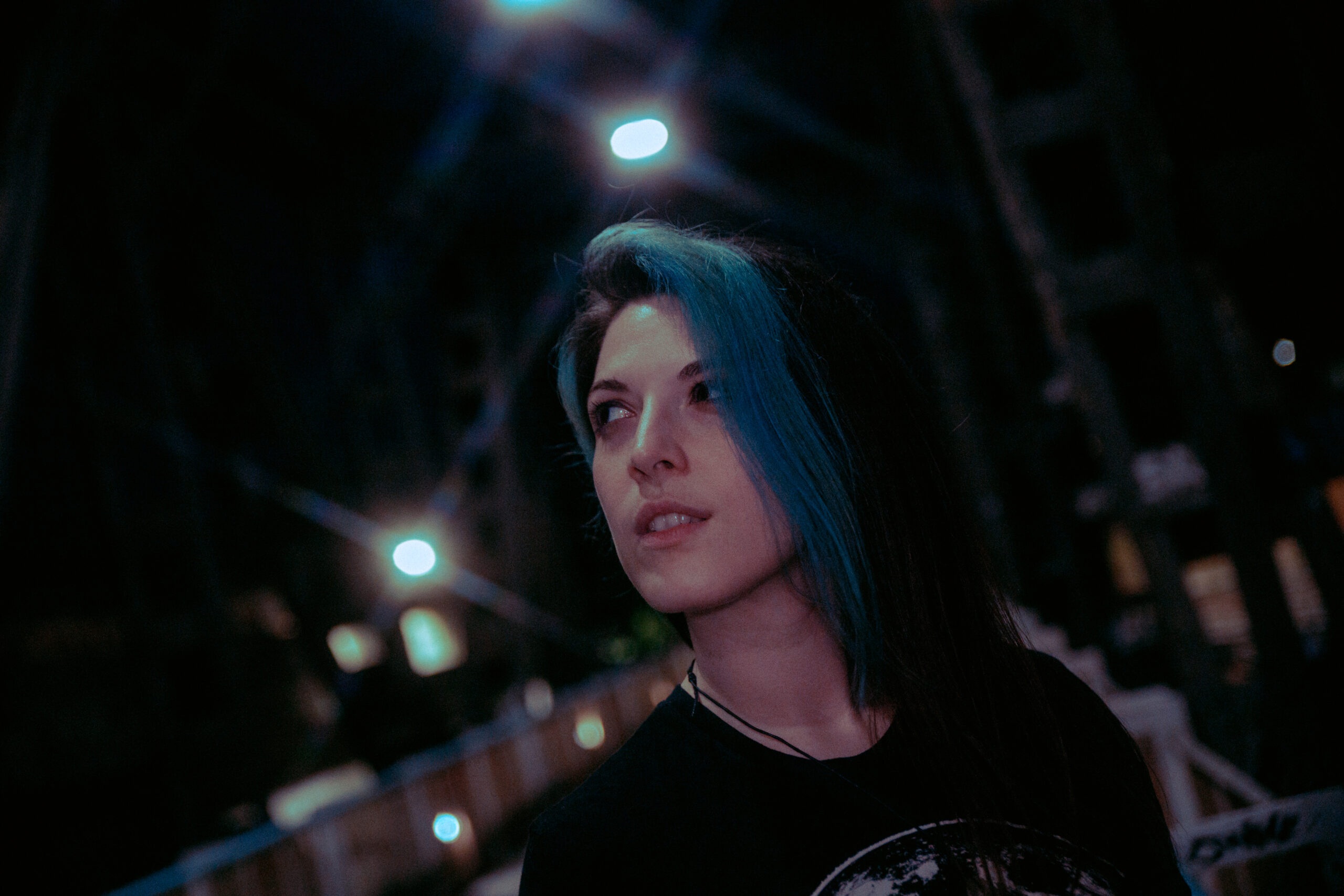
So, if you are after a specific look and there’s filters providing it, you should really give them a try.
If you feel like you are stuck, like your photos are missing something, or you just want to spice things up, trying on some filter might be a great way to address that too.
The Brands I use and recommend
Currently I personally use Tiffen, as well as K&F Concept filters.
I don’t think there’s any brand making such a big variety of filters as Tiffen and with such good quality. For years they’ve been THE filter brand in the industry.
K&F is the brand I turn to when I want something to play with and experiment, but that I don’t expect to use much. Or something I can compromise on.
They’re not perfect, but as far as affordable filters go, they’re my go to.
I have not used, but know many who do use PolarPro and Nisi filters too, and would totally recommend them as well. Not one of the people I know ever complained about either.
I leave with some questions
Did you know about any of these filters? Did you ever use them?
What do you think about them?
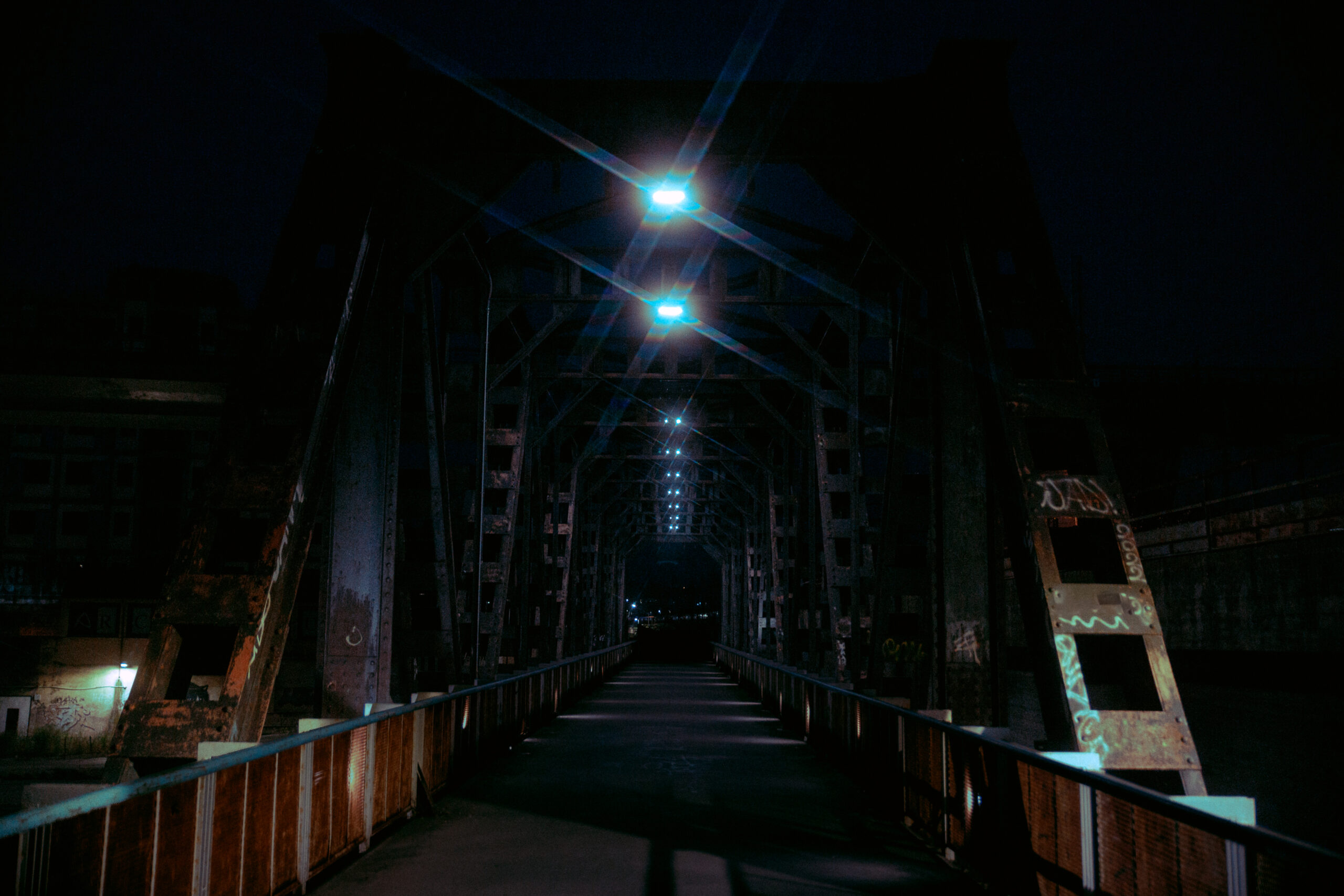
Leave a Reply